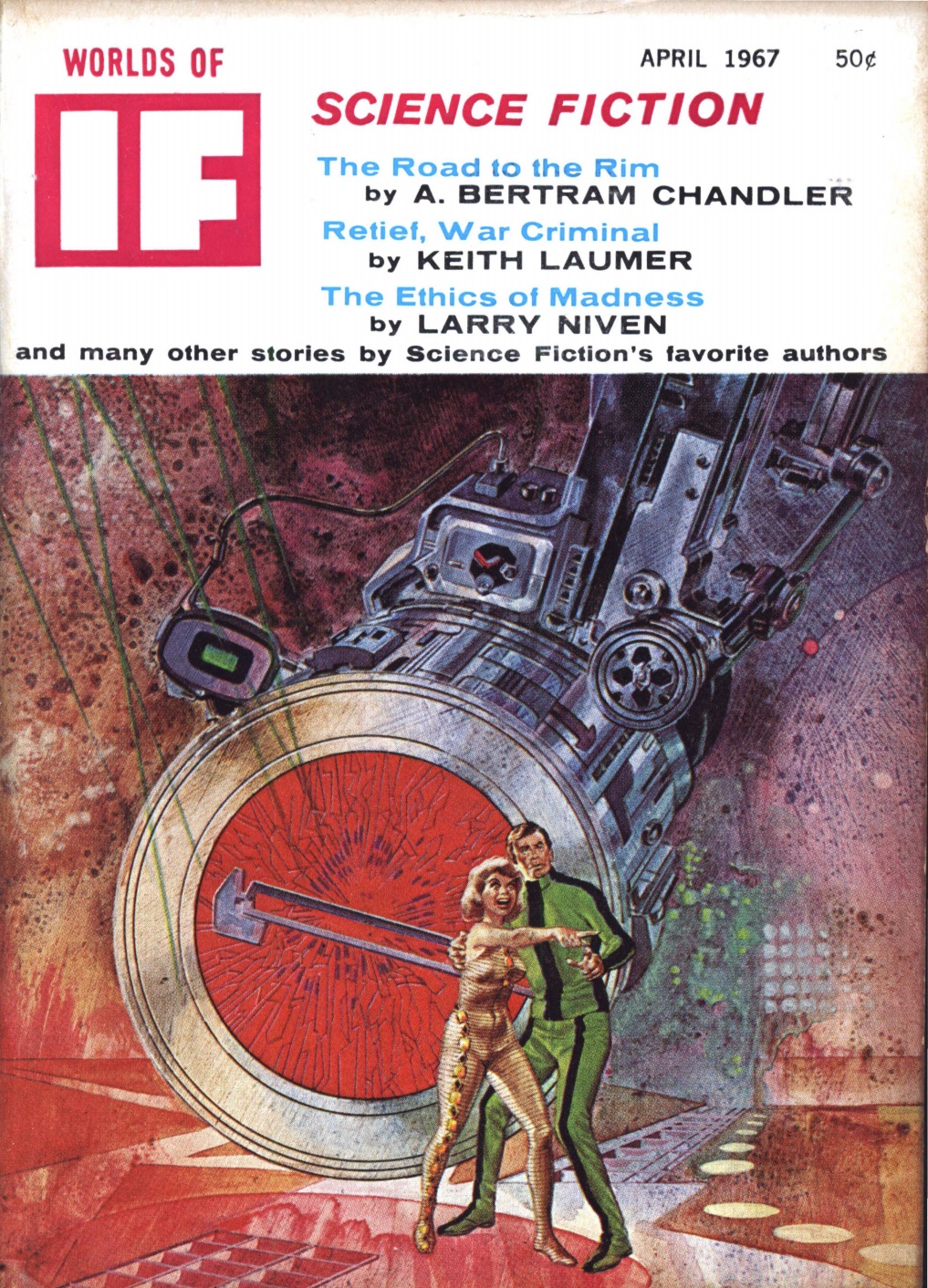
by David Levinson
Method or madness?
The assassination of President Kennedy a little more than three years ago is a moment engraved on everyone’s hearts and minds. The arrest of Lee Harvey Oswald brought some relief, but his subsequent murder by Jack Ruby denied Americans the catharsis a trial would have provided, with the clear presentation of all the evidence. Ruby’s recent death just before his retrial has denied whatever release that might have offered. As such, Americans have had to make do with the report issued by the Warren Commission on the assassination, and a lot of people aren’t satisfied with its conclusions. Rush to Judgment by Mark Lane calls into question many of the Commission’s findings and has found an audience. The book has spent 25 weeks on the New York Times list of best-selling non-fiction.
On February 17th, the New Orleans States-Item published a story revealing that District Attorney Jim Garrison was investigating the assassination. In a news conference the next day, Garrison announced his office was working on seeking an indictment of “some individuals in New Orleans” for their role in President Kennedy’s death and promised that arrests would be made. On February 22nd, pilot David Ferrie was found dead in his New Orleans home. Garrison has accused Ferrie of being the get-away pilot for the conspirators and had been preparing to take Ferrie into protective custody. In a news conference on the 24th, Garrison dropped a bombshell. Speaking about his office’s investigation of the Kennedy assassination, he declared, “We solved it weeks ago. There remains only the details of evidence, and there is no question about it. We have the names of everyone. We have all the details.”

New Orleans District Attorney Jim Garrison
Is there anything to this? Garrison seems pretty confident. On the other hand, he has a reputation as a grandstander. He’s overseen numerous vice raids in the French Quarter, resulting in lots of arrests and very few trials. The raids brought him into conflict with local judges and the police, and he’s accused both groups of corruption, but there have been no indictments. He’s even been unanimously censured by both houses of the state legislature for maligning their members. Time will tell if there’s something to this or if it’s just another dog-and-pony show.
Reversion to the mean
Knowing that last month’s spectacular issue was going to be a hard act to follow, I lowered my expectations for this month’s IF. I may not have recalibrated properly. Even some of the decent stuff is pretty forgettable.

This old-fashioned cover bears little relationship to the Chandler story it supposedly illustrates. Art by Gray Morrow
Continue reading [March 4, 1967] Mediocrities (April 1967 IF)

![[March 4, 1967] Mediocrities (April 1967 <i>IF</i>)](https://galacticjourney.org/wp-content/uploads/2022/02/IF-Cover-1967-03-672x372.jpg)
![[February 4, 1967] The Sweet (?) New Style (March 1967 <i>IF</i>)](https://galacticjourney.org/wp-content/uploads/2022/01/IF-Cover-1967-02-full-672x372.jpg)



![[January 2, 1967] Different perspectives (February 1967 <i>IF</i>)](https://galacticjourney.org/wp-content/uploads/2021/12/IF-Cover-1967-01-672x372.jpg)


![[December 2, 1966] Mixed Bags (January 1967 <i>IF</i>)](https://galacticjourney.org/wp-content/uploads/2021/11/IF-1966-12-Cover-665x372.jpg)
